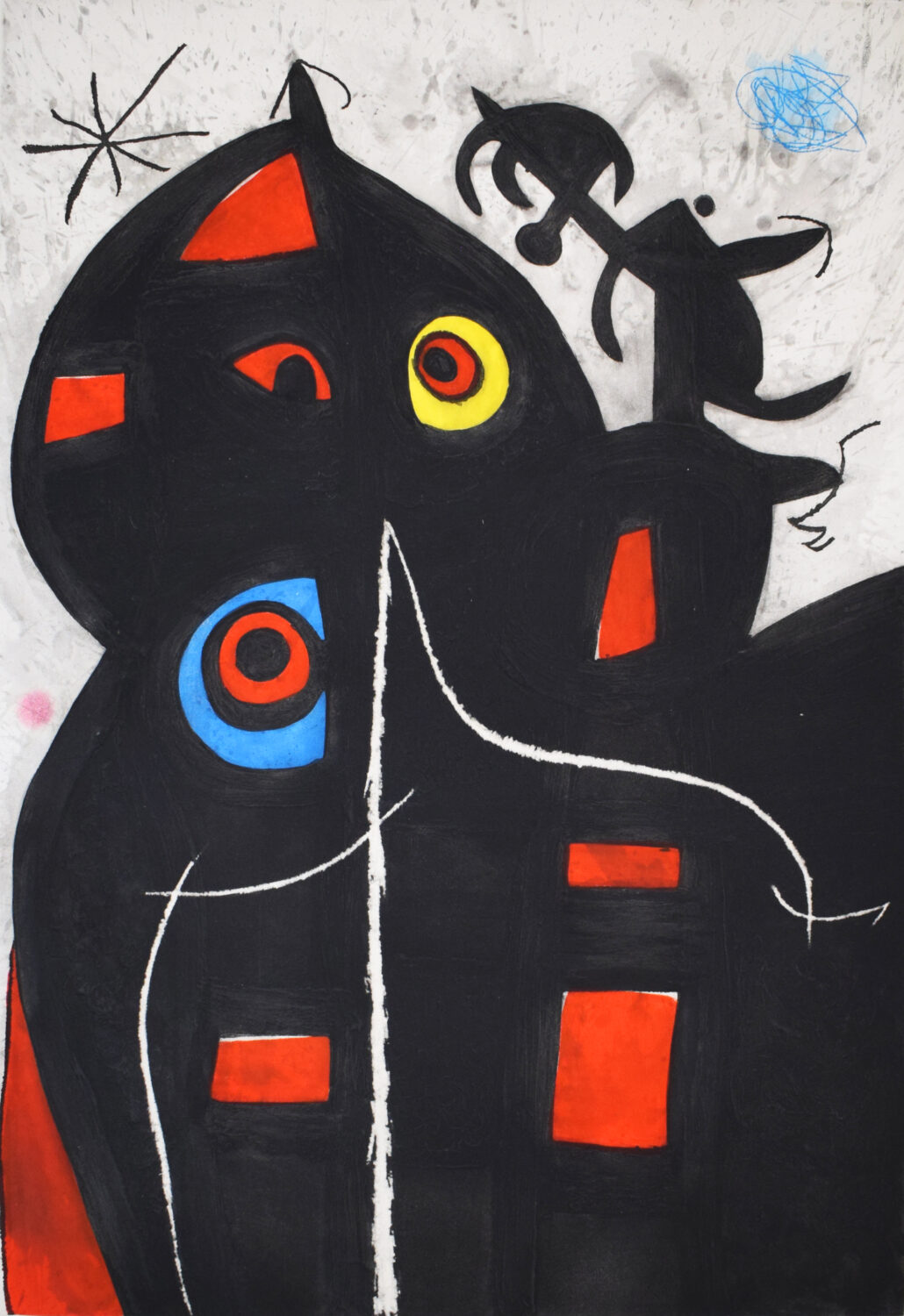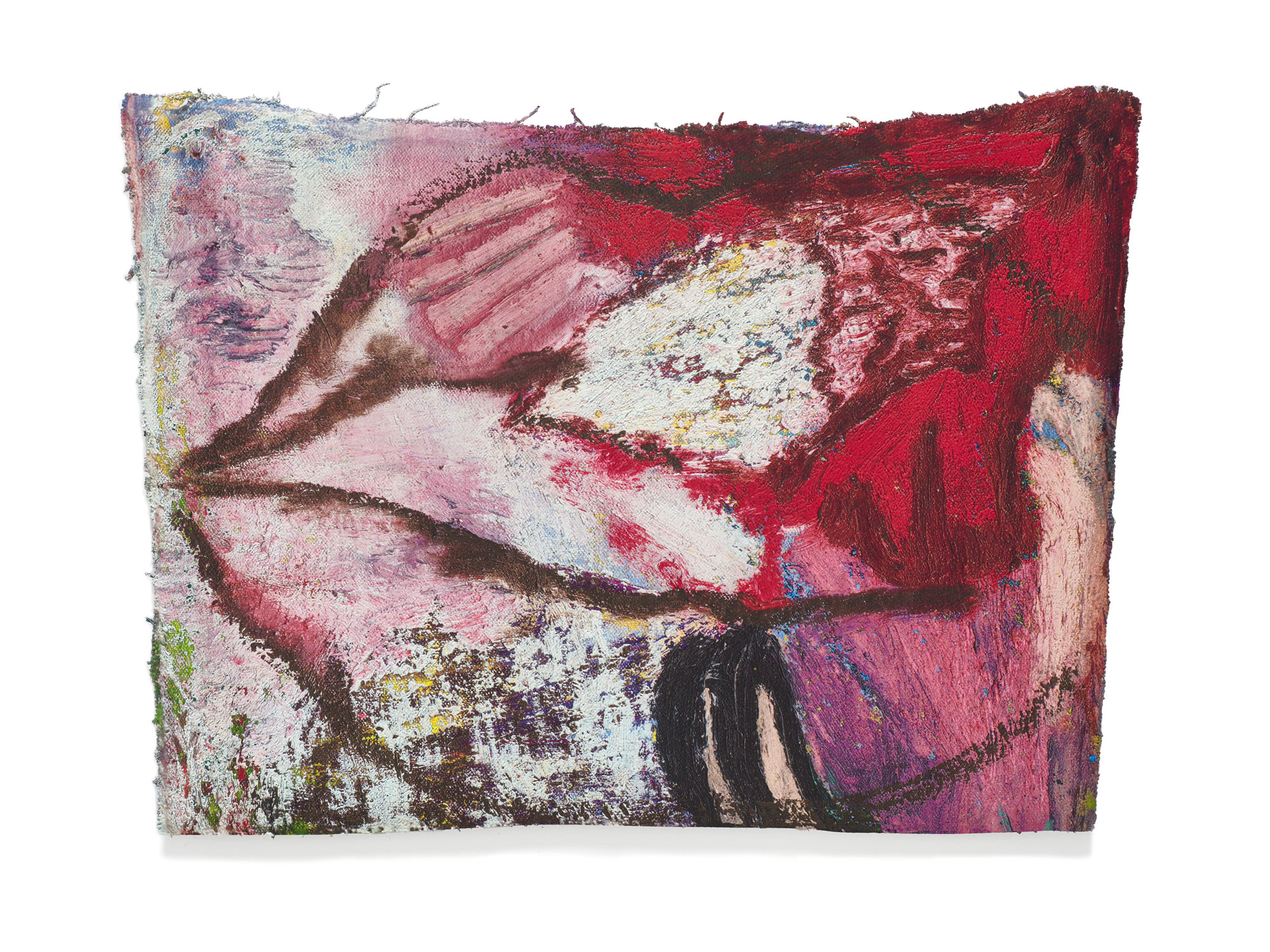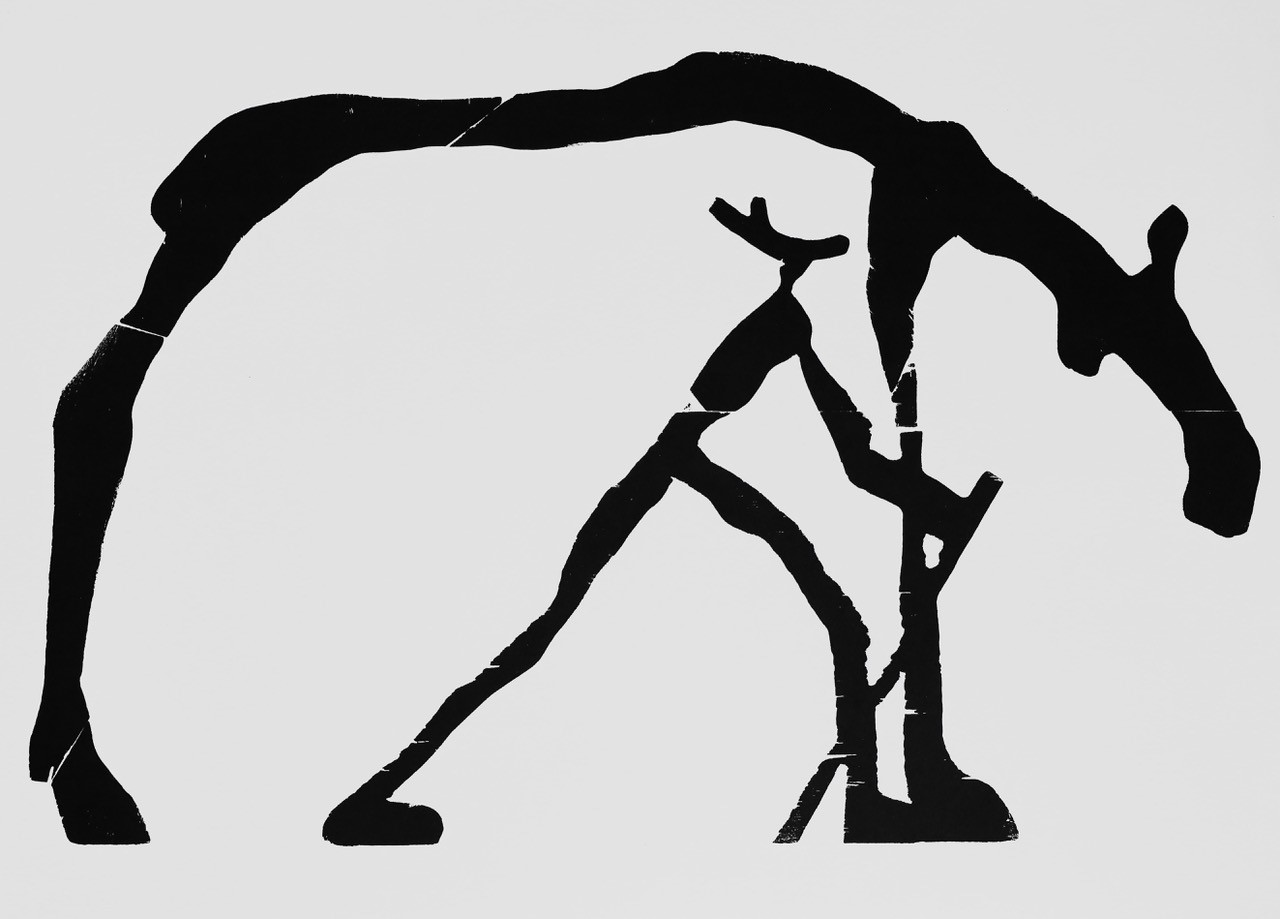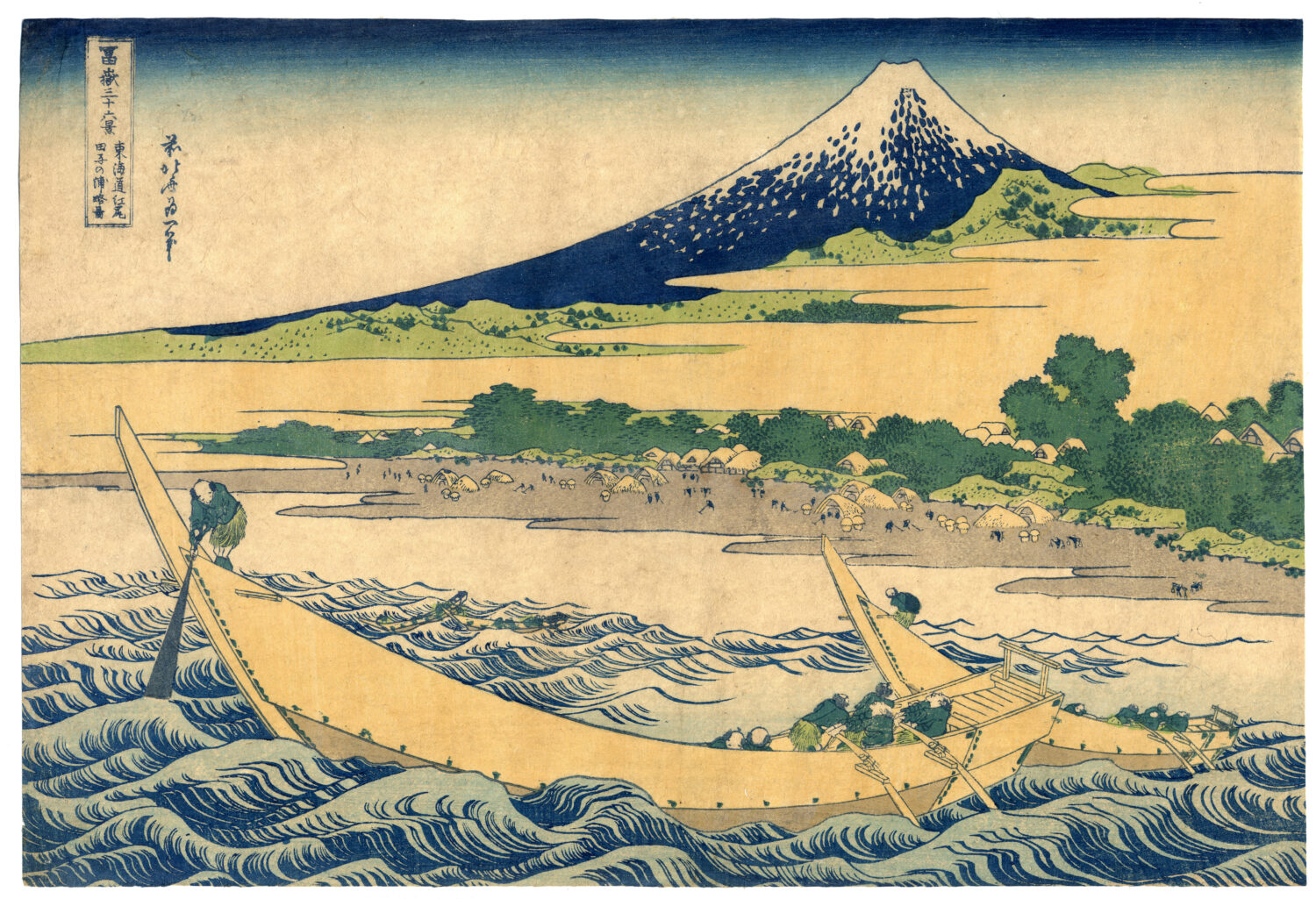An Expert’s Guide to Collecting Prints
By Helen RosslynHelen Rosslyn is the Director of the London Original Print Fair, which returns to Somerset House from 21–24 March 2024.
Introduction
I’ve been the Director of London Original Print Fair (LOPF) since 1987, joining shortly after the fair was founded in 1985 by Gordon Cooke. Now on our 39th edition, LOPF has become London’s longest running art fair and the longest-running specialist print fair in the world.
The purpose of the fair is to celebrate the art of original printmaking in all of its forms and to promote prints as collectable works of art. Printmaking has been instrumental in the development of art since the 15th century and our aim is to showcase this rich history, with works by old and modern masters, alongside new works by rising talent, hot off the press.
Historically, London has served as a dynamic hub for the art of printmaking. From the era of Hogarth, through Turner, Whistler, Sickert, Bridget Riley, Paula Rego, and Norman Ackroyd, Britain has been home to generations of exceptional printmakers who have consistently expanded the possibilities of the medium for centuries — the current President of the RA, Rebecca Salter, was elected as a printmaker. It is exciting for us to be able to play a part in continuing this tradition, by supporting printmakers at the beginning of their careers and the dealers who represent them.
LOPF first took place in the old Diploma Galleries at the Royal Academy of Arts for 35 years. In 2020 during the pandemic, we launched our online platform for prints, so global audiences can explore and purchase works from our exhibitors. In 2021 we moved to Somerset House, a beautiful historic building, with a lively, innovative creative community.
I’m excited for visitors to experience this year’s fair, which will feature two special exhibitions spotlighting two remarkable artist-printmakers — Norman Ackroyd will curate a display of prints from across his career, including new and unseen works, many of which will be for sale with proceeds supporting young printmakers; and exhibitor Cristea Roberts hosts a tribute to the late British pop art pioneer Joe Tilson. We are joined by forty-five dealers, publishers and studios and are delighted to welcome several new international exhibitors this year.

What is an original print?
In the over 30 years I have been running the London Original Print Fair, I have encountered many misconceptions about original prints, with some people declaring ‘I don’t buy prints, I only buy originals’, when prints and originals can be one and the same thing. While others say ‘my home is full of art prints’, when they mean digital reproductions of original artworks, rather than original artworks created through a printing process.
The traditional definition of original print was an image produced by a process that allows it to be printed from one surface to another, through engraving on a metal plate or cutting onto a wooden block. However, with the development of photography and digital print technologies in recent years, this definition no longer covers all the different techniques used, and so we are now guided by the artist’s intention and whether they conceived the final artwork as a print.
This year’s fair is fortunate to host an impressive line-up of exhibitors, each presenting a diverse range of printmaking techniques. Among them is Atelier Le Grand Village, a French studio dedicated to the revival of stone lithography. Brook Street Gallery is showcasing contemporary artists’ works featuring techniques such as engraving, etching, dry point, carborundum, aquatint, linocut, and ink drawings on Chinese rice paper.
We also have artists employing wonderfully unique materials — Marc Quinn, with his use of silver leaf and soft white diamond dust, and Rosie Emerson, with her pieces embellished with bronze powders, gold leaf, charcoal powder, ash, and sawdust. Printmaking offers so many possibilities, attracting renowned artists like Rembrandt, Turner and Goya to both practise and collect prints.

Why collect prints?
Whether you are looking for art to hang on your walls at home and start conversations or you are building a collection, original prints are a fantastic way to buy art. Printmaking has always been used to share art and make it more accessible and by taking a little time, you can buy original works that you love, created in an interesting way, whatever your budget. As prints are multiples, you can acquire iconic works by world renowned artists at a lower cost than a painting, access the latest pieces by established and rising artists and have a greater chance at buying a particular work you have set your heart on.
How to get started?
Buying prints at a print fair, reputable art fair or auction house is often a safe place to start, if you are looking in a museum, shop or online and looking at ‘art prints’ ‘fine art prints’ or ‘limited edition prints’, these can often be reproductions — if in doubt ask what technique was used to make the print and what the edition size is. At LOPF the exhibitors are always thrilled to share their knowledge and passion and often the artists themselves are at the stands, or part of our talks programme and demonstrations, so you can hear firsthand about the techniques and inspiration behind the pieces. Don’t be afraid to start conversations!
First, ask yourself ‘what am I interested in?’ — are you looking for a particular artist, style, subject, school or period? If you are building a collection, focusing on one area will build your knowledge and passion, however if you don’t want to confine yourself or follow a strategy, that won’t make your collection any less special. Whatever your approach, the most important thing is to enjoy the process and buy what you love.

The next question to ask yourself is ‘how much do I want to spend?’
For £200-300, you could buy charming C18th and 19th botanical or animal prints or contemporary works by artists just out of art school. There are some established artists that believe so firmly in the principle of making art accessible to everyone that they keep making affordable prints, like the wonderful Anita Klein. Investing between £1,000-2,000 opens the door to work by several Royal Academicians, plus great C19th and C20th British printmakers like Samuel Palmer or Graham Sutherland.
With a budget of £5,000 or more the world is your oyster in print terms, with work by Hockney, Doig, Tilson, Rego and Riley all within reach. For an iconic print by Picasso, Miro or Warhol you may stretch to £100,000, but the great thing with prints is that they have a track record. Because they are made in editions, there is usually a good point of comparison so you can be sure you are paying a fair price. And great prints will always remain collector’s items. Last year a rare Rembrandt print sold at auction for £1.5 million.
When evaluating a print, key factors to consider include, for C20th and contemporary prints, whether it is signed, as a signature can significantly increase its value, and the size of the edition, which is crucial since smaller editions often command higher values. While the specific impression number of a print, such as 1/50 or 45/50, might influence its initial price, particularly as the edition begins to sell out, it rarely affects its resale value. For old master prints it is worth asking whether it was printed within the artist’s lifetime. In both cases it is also important to inquire about the existence of multiple editions of the same image.

What to look out for at this year’s London Original Print Fair?
There’s lots of excitement in store! First of all, we have some wonderful new exhibitors, including the great Hauser & Wirth who have recently launched an Editions space and will be bringing their artists to the Fair for the first time. Others include Upsilon Gallery from New York, Contemporary Tokyo from Japan, and Soho Revue, who will showcase a collection of works by emerging female artists working with traditional printmaking techniques.
In terms of prints, artist Adam Dant is unveiling his new Map of Somerset House for the first time at the Fair, which, given our location, will no doubt be popular,and there are new editions by Tom Hammick and Harland Miller amongst many others. Some exhibitors will also be using the Fair to showcase their collaborations with charities, including a Bharti Kher work presented by Hauser & Wirth for the benefit of Yorkshire Sculpture Park, Sir Peter Blake’s print in aid of the Teenage Cancer Trust, and a piece by Peter Doig supporting the George Padmore Institute.
I’m also looking forward to reconnecting with our long-standing exhibitors like Marlborough Gallery, who are bringing works by wonderful upcoming artists like Liorah Tchiprout, whose work they first saw at a previous London Original Print Fair. The fair will have much to offer, with a programme of enlightening talks and countless opportunities to engage with artists and passionate collectors alike. I’m looking forward to reuniting with familiar faces and greeting new ones.
Feature image: Cao Ou (曹欧), Landscape Theatre Chessboard (“戏“山水-对阵), 2021. Courtesy Muban Trust